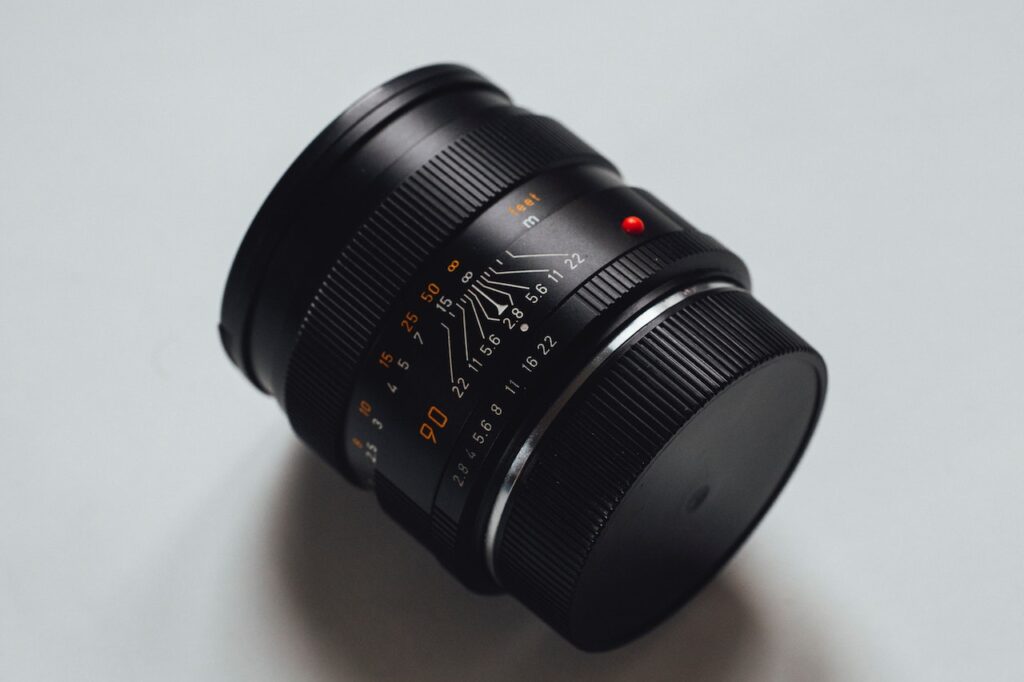Table of Contents
People often ask, what rangefinders give you the distance in yards for up and downhill shots?
Let’s find out!
What Rangefinders Give You Distance in Yards for up and Downhill Shots?
Rangefinders with the slope function allow you to determine the distance in yards between uphill and downhill shots. However, they aren’t always accurate enough to be used as the sole method of determining the height of an object.
Some of the rangefinder models that come with slope features include
- TecTecTec ULT-X Rangefinder
- Bushnell Pro X2 Rangefinder
- Precision Pro NX9 HD
- Nikon Coolshot Pro Stabilizer
- Callaway Tour S Rangefinder
Laser Rangefinder – Eliminator Laserscope
The Eliminator Lasercopes is the most innovative and effective laser sights in the world. With just one touch of a button, the eliminator automatically ranges and displays the exact distances to targets (factoring in angles) all within the scope.
It instantly calculates and displays the exact aiming points and winds all inside the scope for total situational awareness. No need for wasting valuable time with separate range finders, smartphone applications, or any other gadgets.
The Eliminator significantly increases your efficiency as a hunter and the distances at which you can legally take animals.
The built-in range finder can now measure distances out to 2,000 meters. The trajectory compensation system works accurately at any zoom level, and the included inclinometer allows shooting at any slope.
The Eliminator IV & Eliminator V feature improved ballistically for centerfire, rim fire, muzzleloader, and slug guns. It also includes a wireless trigger control for laser firing.
Built-in Inclinometer
Steep hills can seriously throw off the aim point. The Eliminate has an adjustable aim point so you don’t need to worry about that.
Eliminate Guesswork
At which range do you need to be to ensure a kill shot with your specific rifle? The Eliminator will calculate the ideal holding position for your specific cartridge.
Wind Information
If you want to adjust your shot for the breeze, use the Eliminator to know exactly what your bullets will do at the range where you’re going to shoot them.
Heads Up Information
With the X96 reticle, you get plenty of through the scope information to help you take the perfect shot. This image shows a target at 500 yards with a wind speed of 0.9 hold-off points, and the holdover dot has moved down to exactly where you need to be when shooting at 500 yards.

What Rangefinders Give You Distance In Yards For Up And Down Hill Shots?
User’s Guide – Range Finders for Hunters and Golfers
These choices will help ensure an accurate hit every single day, whether you’re at the range or on the course.
Magnification
A good quality binocular has an effective focal length (EFL) of at least 8X. Binoculars with EFLs greater than 12X tend to be better for long-distance viewing.
If you’re hunting only dense forest areas, decent range finders might help you get away without using binoculars. However, if you want to use a rifle scope, then it’s best to avoid using its optical system to look for a game.
Objective Lens Diameter
A viewing field is an area where an optical instrument can see something. In optics, the term “field” refers to the region within which light rays travel. When used in a camera, the field of view (FOV) is the angle through which the camera can capture images.
The FOV is measured in degrees and is often expressed as a percentage of 180°. For example, if a camera has a 90° FOV, then it can only take pictures of objects that are 90° off-axis.
It’s not hard to use a rangefinder if you don’t mind holding it in one eye. But for long ranges, you need a sturdy support system.
Maximum Range Capability
Most people who look at laser ranger finders’ specifications tend to focus on the maximum distance they can detect. However, non-reflecting objects like tree branches and small items like golf flags are much harder to detect using laser rangefinders.
While price and performance may often increase with increased ranges, more is not always best. Remember the ranges you’ll most likely be working with and choose a unit designed for those specific needs.
For instance, if your primary interest is shooting targets within a few hundred feet then you might consider purchasing a laser rangefinder that can measure out to 1,500 feet.
On the other hand, if you’re primarily interested in measuring out to 100 miles then you should probably purchase a GPS-based unit instead.
Most people who hunt deer are unable to take an ethical kill past 500 feet, and even the best riflemen with the best equipment are only able to hit targets at about 1,000 feet.
That means that if you’re hunting deer, you’ll probably want to carry a rangefinder that can tell you where your target is located. Rangefinders are useful tools because they help you determine whether or not you’re within shooting range.
You may not fire at the elks you see 2,000 feet across the meadow, but it’s helpful for you to know how far you’d have to travel to reach the shooting range.
Conclusion
We hope that this guide has been useful. If you have any questions please let us know in the comments section below!
Author
-

Herman is a writer, researcher, and product reviewer here at The Outdoor Stores. His knowledge and expertise in firearms are immense. He knows well which gun is suitable for which purpose and how to handle it correctly. You can benefit from his passion by reading his posts on this website.
View all posts






